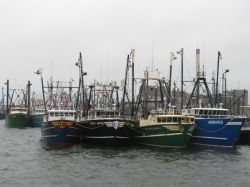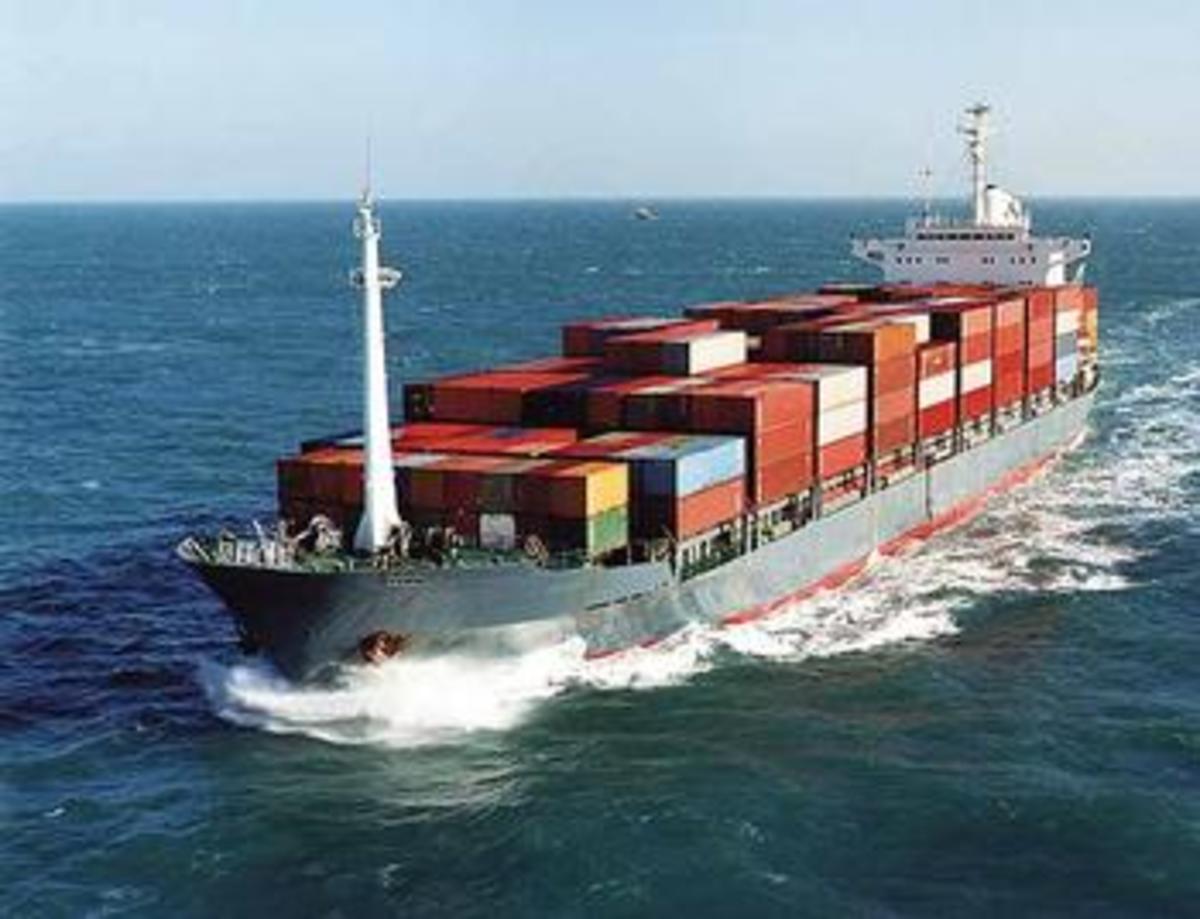USA Ports, Harbors and Marinas

Ports, Harbors and Marinas of the USA
This page has information about U.S. ports, harbors and marinas including dockage for commercial fishing boats, pleasure boats, sailboats and other small to mid-sized boats and other vessels.
Other links explain Homeland Security issues, port restrictions and safety issues.
Department of Homeland Security Small Vessel Security Strategy (SVSS)
The U.S. Department of Homeland Security (DHS) has announced a new Small Vessel Security Strategy (SVSS) designed to close security gaps and reduce risks associated with the potential exploitation of small maritime vessels. The SVSS identifies specific goals for which security efforts can achieve the greatest impact without excessive imposition upon the freedom of operation common to the nation’s waterways.
“We saw quite vividly with the U.S.S. Cole attack that violent extremists will not hesitate to use any means, large or small, in their efforts to inflict blows to our maritime assets,” said Homeland Security Secretary Michael Chertoff. “This strategy ensures all small vessel stakeholders across our ports and coastal waterways can play a role in unified threat mitigation efforts and replaces today’s seemingly honor-based neighborhood watch program with an efficient and successful means to combat terrorism along our waterways.”
DHS hosted the National Small Vessel Security Summit in June 2007, bringing together approximately 300 small vessel community stakeholders along with federal, state and local government leaders. Participants discussed security risks in the U.S. maritime domain and identified measures to mitigate gaps in small vessel management and improve control within the maritime domain. The SVSS is one of several core findings from the Summit, and identifies four serious concerns associated with the illicit use of small vessels and an overarching vision to minimize the associated risks. Specifically, it focuses on: domestic use of waterborne improvised explosive devices; conveyance for smuggling weapons (including radiological and nuclear weapons of mass destruction) into the U.S.; conveyance for smuggling terrorists into the U.S.; and waterborne platform for conducting a stand-off attack, such as Man-Portable Air Defense System attacks.
Approximately 85 percent of our nation’s critical infrastructure, including our ports and maritime structures, are owned and operated by the private sector. The federal government cannot single-handedly protect and defend against all potential threats of terrorism within the small vessel community. A coordinated multi-layered approach, as defined by the SVSS, will ensure that the maritime domain remains a secure and safe environment where small vessel operators can safely earn a living, travel and enjoy recreational activities without unduly burdensome government regulations.
Specific objectives identified in the SVSS to help achieve this goal include:
* Continue to develop and leverage a strong partnership with the small vessel community as well as both public and private sectors in order to enhance maritime domain awareness;
* Fortify maritime security and safety with a more robust, layered defense:
o Better identification of small vessels operating in U.S. waters,
o Expanded radiological/nuclear detection capabilities like the DHS West Coast Maritime Radiation Detection Project,
o Improved situational awareness and information sharing, and
o Enhanced data analysis to identify high-risk concerns;
* Leverage technology to enhance the ability to detect, determine intent and when necessary, interdict small vessels; and
* Cultivate coordination, cooperation and communications between federal, state, local and tribal partners in addition to the private sector and international partners to leverage capabilities and improve security operations within the maritime environment.
DHS will continue working with maritime partners to develop a follow-on small vessel security implementation plan, which will put the strategy into action this year.
For a copy of the DHS Small Vessel Security Strategy Plan, the National Small Vessel Security Summit Report, or additional information on small vessel security, please visit www.dhs.gov.
source: DHS website

Commercial Fishing Ports
This page lists USA Commercial Fishing Ports.
USA Ports Harbor and Marina Links
- American Commercial Fishing Ports
American commercial fishing ports, harbors, marinas, industrial parks and other resources for American commercial fishing vessels. - Department of Homeland Security
U.S. Department of Homeland Security





